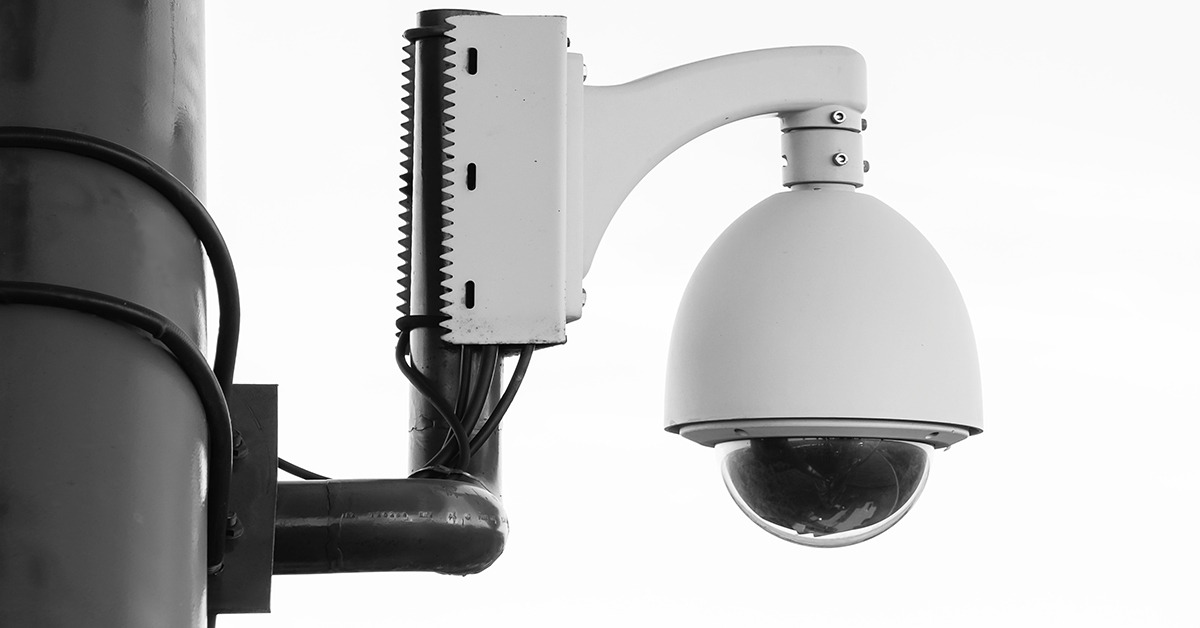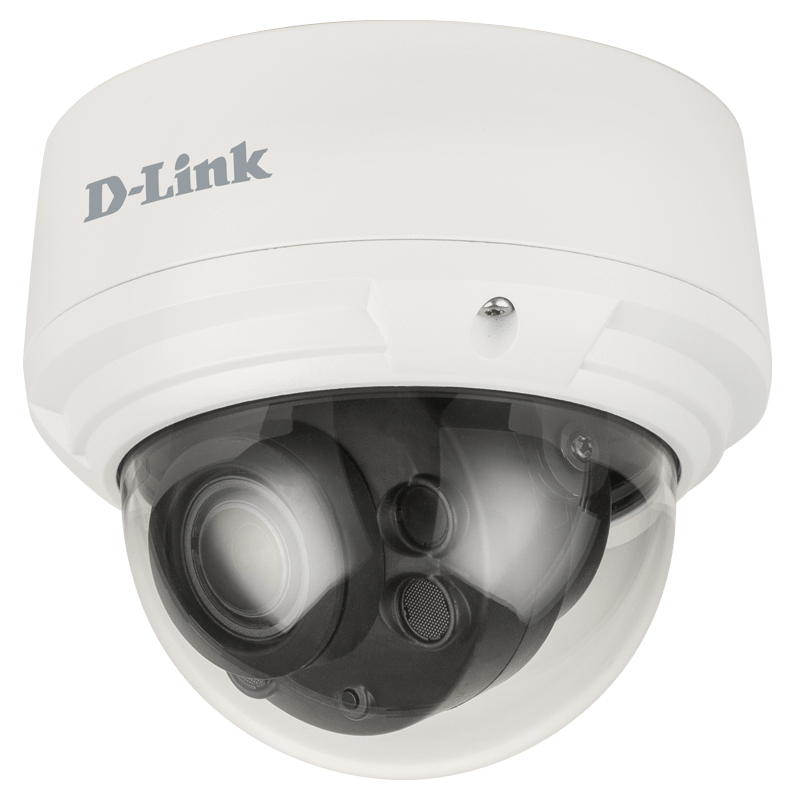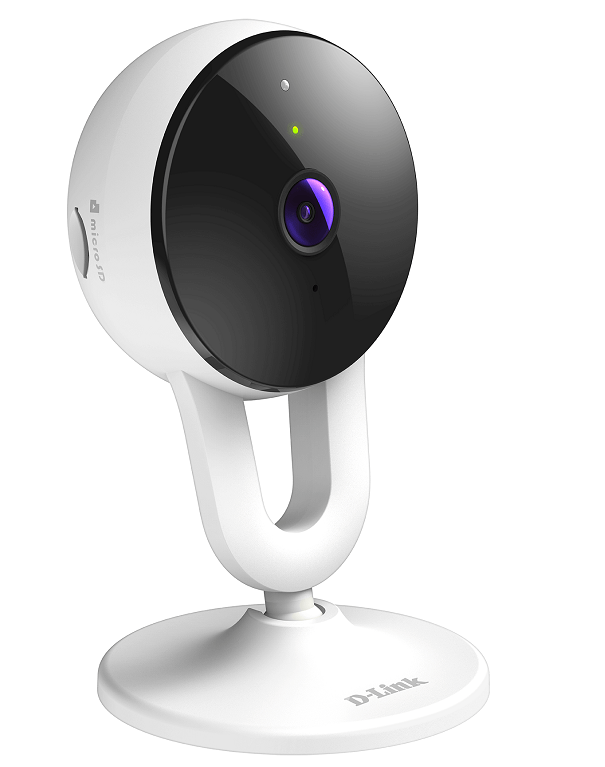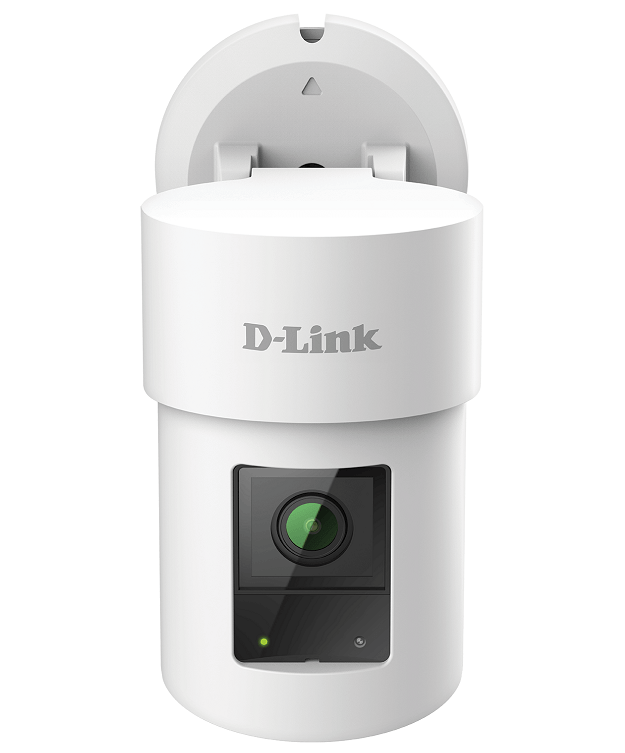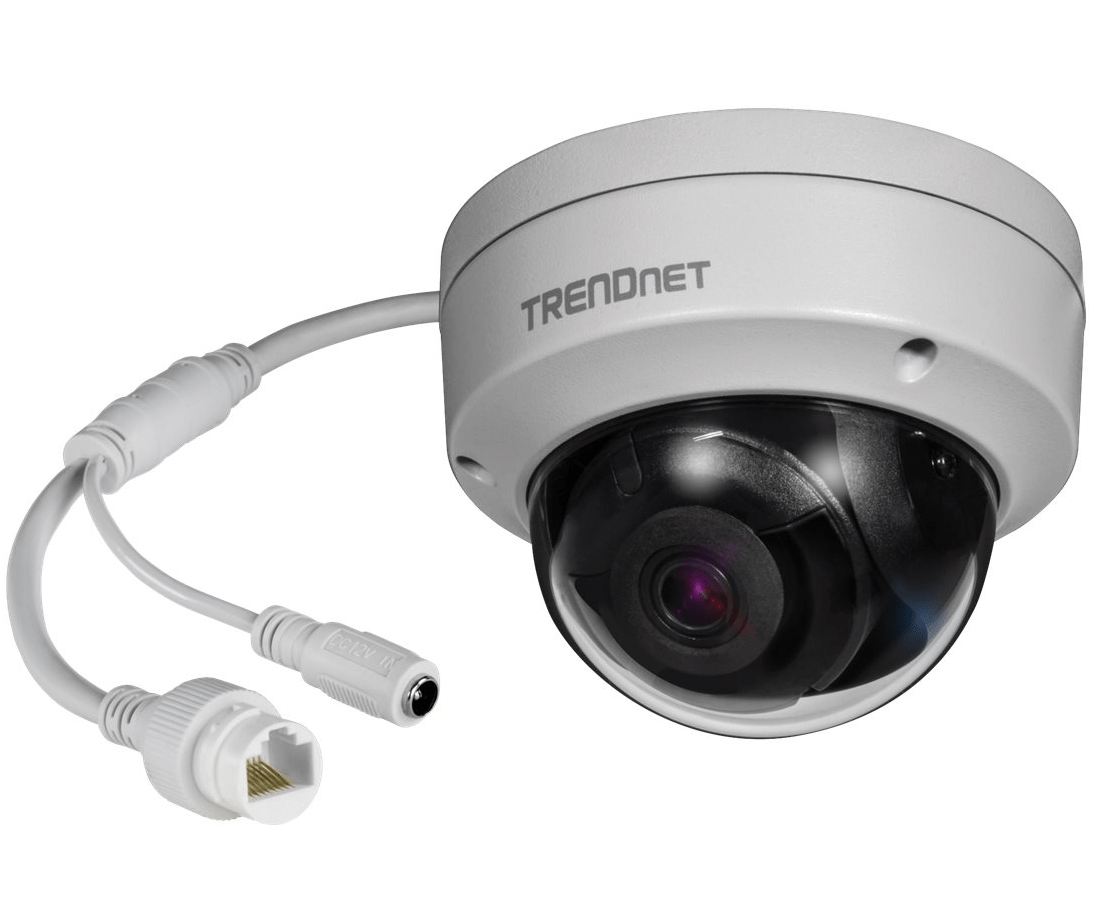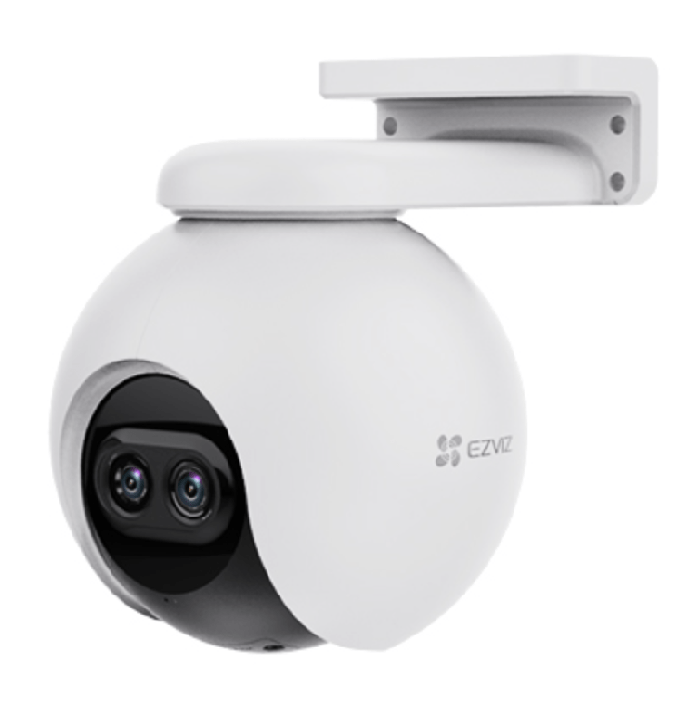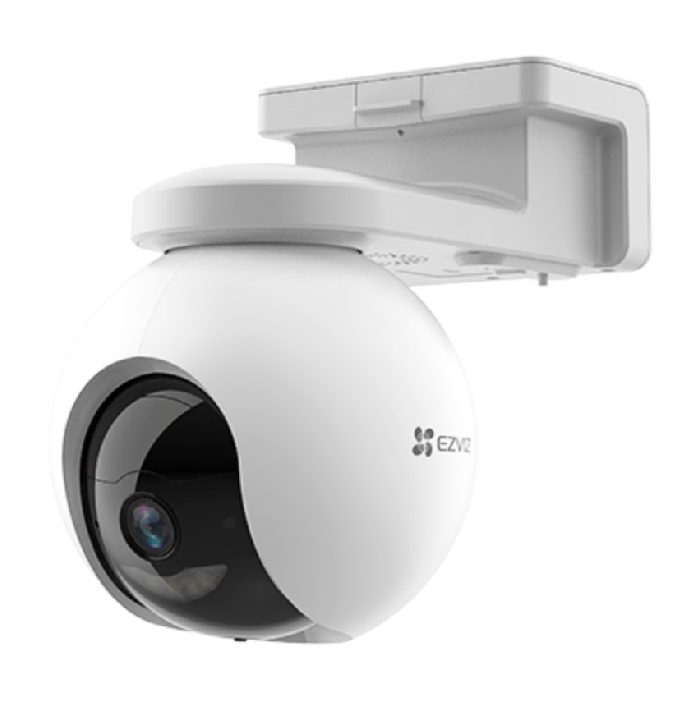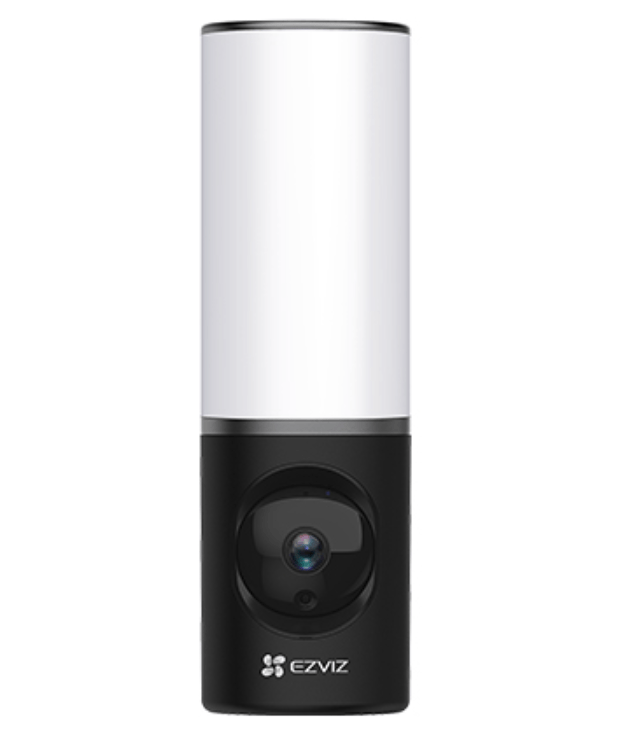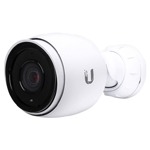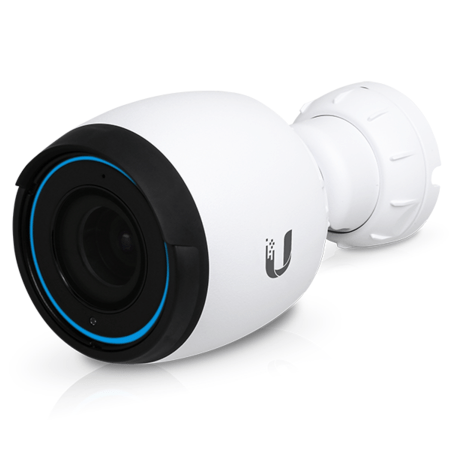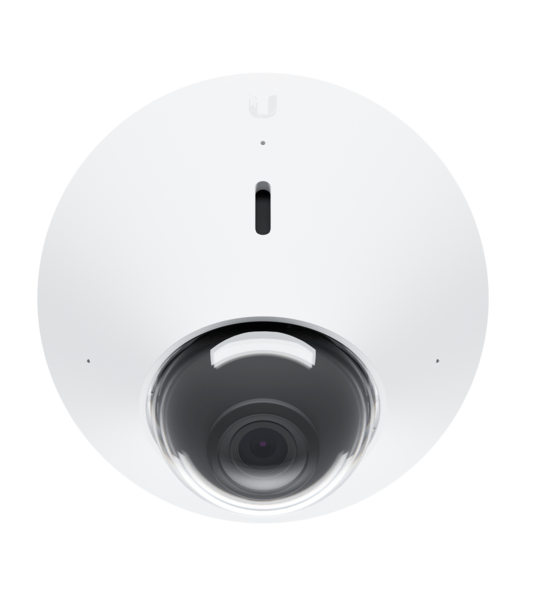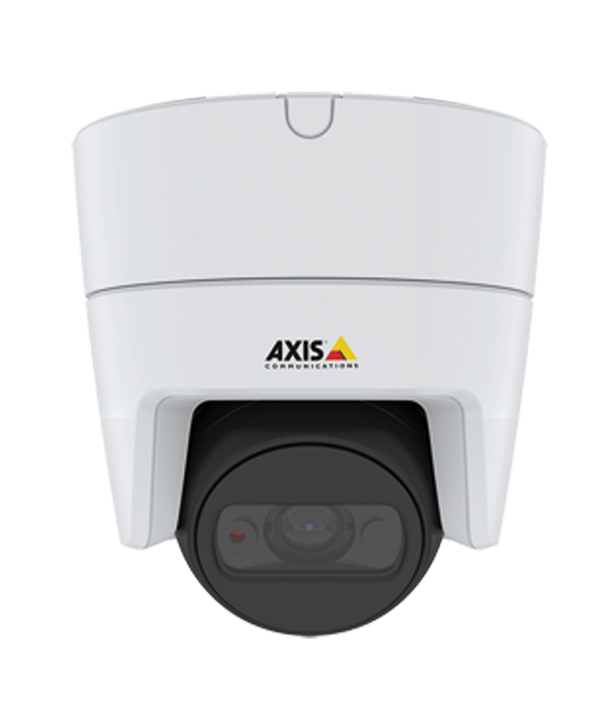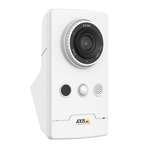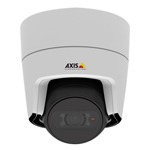
It can be a little confusing to know how to best secure your home. There are so many gadgets on the market now all promising to protect you and your home it can be hard to know which one to choose. So where should you start?
A great place to start with home security is an IP Security Camera! This is the number one investestment for you to make, and let me explain why.
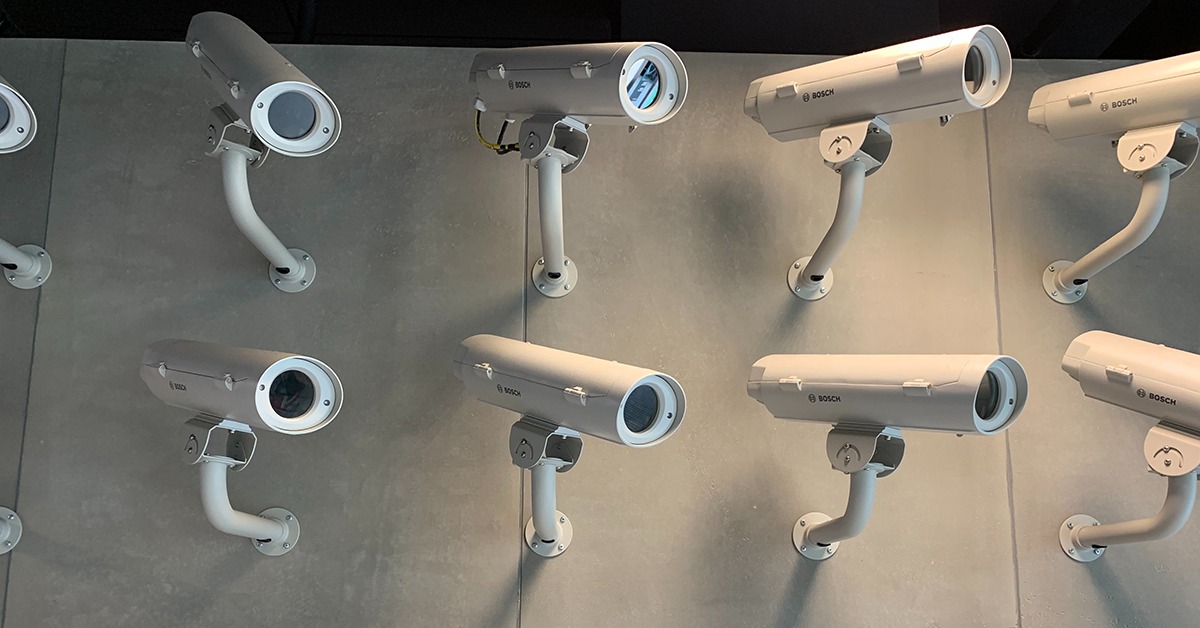
What Is An IP Camera?
An Internet Protocol (IP) Camera is a digital camera, often used for surveillance. These can vary from webcams up to enterprise-grade security cameras.
These cameras connect to your network via an Ethernet cable, and video is transmitted via a computer network over Ethernet or an internet connection. This allows for real-time monitoring to happen via smartphones, in addition to the traditional surveillance desk setup.
Does An IP Camera Need An Internet Connection To Work?
No, not at all.
An IP Camera can work without an internet connection, but it will need to be connected to some form of storage systems, such as a NAS drive, or a computer network with its own storage.
What Is The Difference Between An IP Camera And CCTV?
The quick and easy answer is that an IP Camera is digital, whereas CCTV is analogue.
IP Cameras record digital footage and are powered through Ethernet Cables. They can connect to the internet or network to record onto a server or cloud. CCTV cameras usually record onto tape or disk.
IP Cameras send data to network or cloud storage, usually via a network video recorder (NVR). Users can access what the camera is capturing via a PC, tablet or smartphone. With the installation of an IP Camera, you have negated any messing around with labour-intensive trickery. The IP Camera will have you covered.
What Are The Benefits Of IP Cameras?
Easy Installation
IP cameras are easy to install. They can be powered through Power over Ethernet (PoE), and connected with Ethernet cables, meaning fewer wires are needed to install the cameras. Particularly helpful in areas where installation could be tricky.
Plus, you won’t need an electrician to wire the cameras.
Cheaper Costs
IP Cameras are a lot cheaper than CCTV too, meaning they are far more accessible to small businesses and home users. The barrier to entry is a lot lower too, as the setup costs are much lower than a full CCTV setup. No bulky tapes or expensive installations for a one or two-camera setup.
Smartphone Integration
As the cameras are often linked to smartphones too. This means you can check what is occurring security-wise with your property by simply logging in wherever you are in the world. No pain of a limited range.
Easily Install Multiple Cameras
You can also connect more than one IP Camera to your network. This way you’ll be covered on all fronts, quickly accessing all the cameras at your disposal. On most cameras, you can also have motion sensor technology as part of your set-up, thus reacting to any movements inside or outside your property. One movement and you will be immediately notified via your smartphone.
Integrates Into An Existing Network
If you already have a full computer network, then migrating to IP Camera can be as easy as connecting the cameras to your existing network. You can upload the video footage to existing servers, and use existing switches.
Higher Quality
IP Cameras can record on resolutions of up to 4K, depending on the quality of the camera. This means you can have a clear view of everything in your shot, including faces. In comparison, even high-end CCTV cameras have quality issues, and can often be fuzzy. We’ve all seen the news clips of unclear CCTV footage, where you can barely make out what’s going on.
IoT Integration
Also, IP cameras can be rigged up to many Internet of Things (IoT) devices. You could connect your camera to an alarm system that triggers when motion is detected on the camera. If your camera has face recognition or license plate detection, you could even rig this up to give personalised greetings or give access to only those who need it.
Zoom
Simply take control of your IP Camera via your smartphone and you can happily zoom in and out, and move the direction of your camera if you spot something untoward.
How Do You Install IP cameras?
Yes, that is all well and good but what about installation?
That’s tricky right?
Not so.
For most low-end cameras, the devices are more or less plug-and-play. You can have most simple IP cameras up and running within minutes.
Mid-range and High-end cameras may need a little more work.
A simple setup will look like the below:

You will need a few things to get started.
Network Video Recorder (NVR)
NVR handles all the feeds from each camera on the network. The Video is processed at the camera, encoded and then streamed to the NVR through Ethernet cables. It uses the camera’s IP Address to know which camera is which.
The NVR maintains the quality and frame-rate of the video, meaning that the video stays as clear as it is from the camera.
The NVR then moves the video to a storage system.
Power Over Ethernet (PoE) Switch
A PoE switch provides power through standard Ethernet cables. This allows you to power IP Cameras and a variety of other devices.
Some switches come with Quality of Service functionality, which allows you to prioritise the security footage over other less critical network traffic.
Internet Router
A router forwards data packets between computer networks, usually between your network and the internet. A router will be needed to store any video footage in the cloud.
So what’s on offer?
D‐Link
D‐Link IP Cameras are designed specifically for use in small businesses and residential applications. D‐Link cameras are an attractive entry‐level surveillance camera solution. They offer HD resolution, the ability to see in complete darkness and two‐way audio with a built‐in microphone and speaker.
See the full range of D-Link Cameras on our website.
TRENDnet
TRENDnet has become a leading networking surveillance hardware brand. They have an emphasis on continual improvement, so TRENDnet is consistently recognised for exceptional quality, superior performance, and responsive support.
See the full range of TRENDnet Cameras on our website.
EZVIZ
EZVIZ help visually connects you to your life. No matter where you are Ezviz cloud services and smart home video technology can help you feel like you are home – right from the palm of your hand.
See the full range of EZVIZ Cameras on our website.
Ubiquiti
Ubiquiti is best known for its access points, but its video cameras are pretty powerful too. Their cameras have infrared LEDs with an automatic IR cut filter. You can access their easy-to-use online dashboard from a web browser. This dashboard contains detailed statistical reporting, multiple views, versatile camera settings, advanced analytics, and customisable event recordings.
See the full range of Ubiquiti on our website.
Axis
Axis is the market leader in IP cameras. They are a driving force behind the shift from analogue to digital video surveillance, which means they know IP Cameras inside and out. Axis offers higher-end cameras for businesses and enterprises, but the quality and feature sets are second to none.
See the full range of Axis Cameras
This is just a brief look at the IP Cameras available, if you require more IP Cameras equipment for your business, you can check our IP Cameras (CCTV) category for a wide range of IP Cameras to suit your needs.
More IP Cameras Available from Comms Express:
Hikvision IP Cameras | EZVIZ IP Cameras | D-Link IP Cameras | Dahua | Arlo Cameras | Cisco Meraki Security Cameras | TRENDnet IP Cameras | Ubiquiti IP Cameras | AXIS IP Cameras
If you require any further information on these or any other products that we stock here at Comms Express, please do not hesitate to contact our team who will be only too happy to help.
Until next time…

